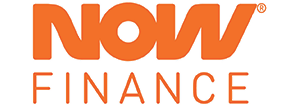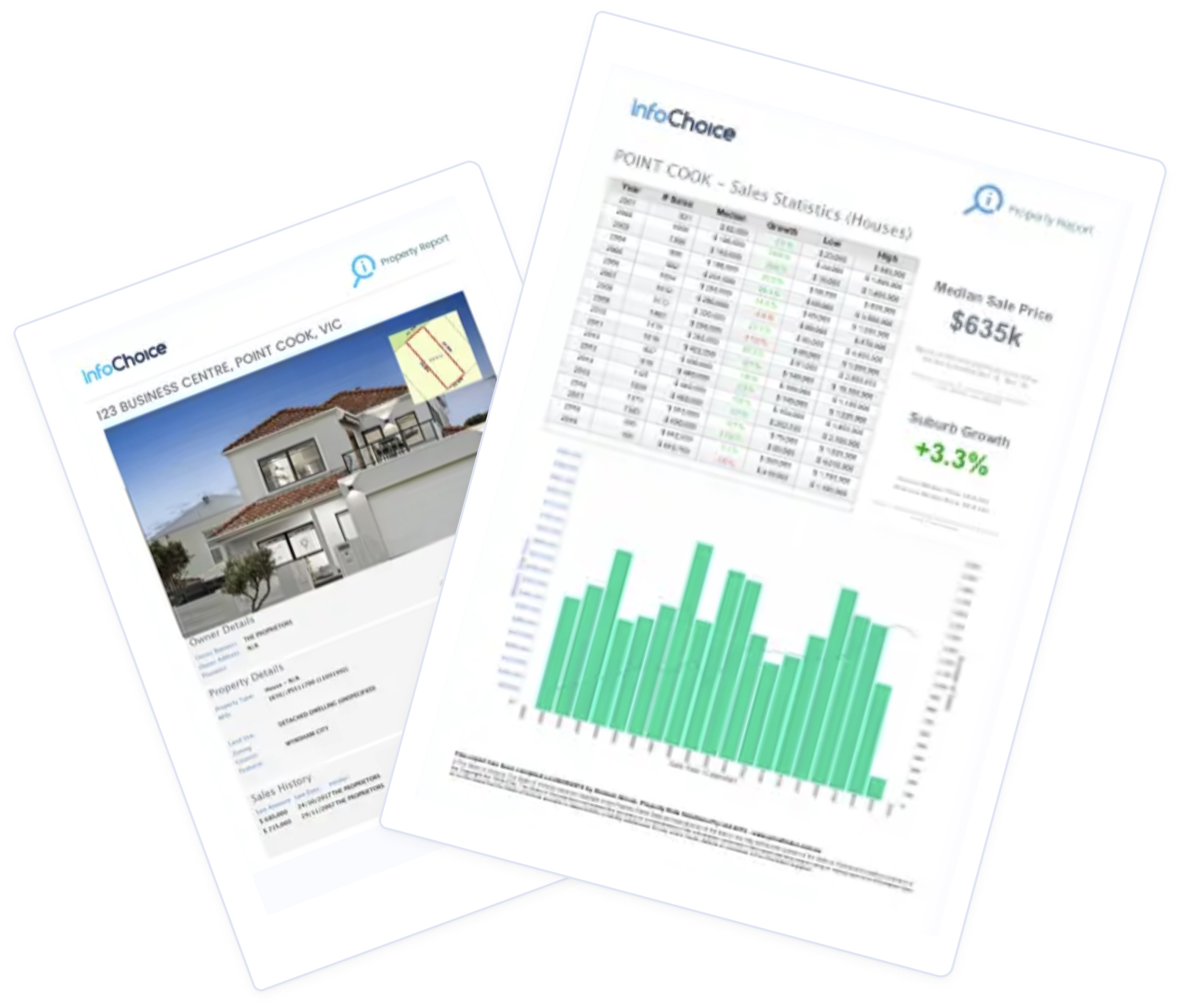
For many Australians, a loan is often the most practical - and sometimes the only - way to afford a home or a car.
According to the Australian Bureau of Statistics (ABS), 37% of households own their homes with a mortgage (2019-20). Meanwhile, InfoChoice's 2024 State of Aussies' Savings Survey found that 23.6% of Australians have a car loan.
While specific data on the overlap is scarce, it's reasonable to infer that a significant portion of households with mortgages are also servicing car loans simultaneously, given the commonality of financing and vehicle ownership (20.1 million registered as of 2021, per the ABS) across the country.
If you are among the portion of households managing both a car loan and a home loan, deciding which debt to pay off first - if you have the chance (i.e. extra cash on hand) - depends on various factors, including interest rates, loan terms, and your long-term financial goals.
How do loans work?
Loans essentially provide a way to borrow money to purchase assets or cover expenses, with the agreement that you'll repay the amount borrowed (principal) plus interest over a defined period. They are often installment-based and are typically provided by banks and non-bank lenders.
A loan comes with specific terms that outline how much you owe, the interest rate, the regular repayment amount and schedule, and whether collateral is required.
Unlike credit card debt where you can either pay the minimum amount or the total outstanding balance (ideal if you don't want interest to compound), loans are amortised.
Amortised loans, such as car loans and mortgages, have a fixed repayment term and structured payments that cover both principal and interest. Initially, a larger portion of repayments goes toward interest, until more is directed to pay down the principal. Each instalment gradually reduces the balance over time, leading to full repayment by the end of the term.
This setup helps borrowers pay down their debt steadily over time, with a clear timeline for when they become debt-free.
Car loans and home loans are generally structured similarly, with a few key differences.
Car loans vs Home loans: Key differences
|
Car Loans |
Home Loans |
|
|
Loan purpose |
To buy a car or any other motor vehicle, depending on the lender's terms. |
To facilitate the purchase of a home or property. |
|
Loan terms |
Typically range from 1 to 7 years |
Typically range from 25 to 30 years |
|
Interest rates |
Interest rates tend to be higher than those on home loans. Rates are lower on secured (backed by collateral) car loans than on unsecured. |
Interest rates are lower compared to car loans. |
|
Collateral |
The car itself serves as collateral for the loan. If you default, the lender repossesses the car. This is not the case with unsecured loans. |
The home is the collateral. If you default, the lender may foreclose on the property. |
|
Tax benefits |
Interest on car loans is usually not tax-deductible unless the vehicle is used for business purposes. |
Interest can be tax-deductible if used to purchase an income-producing property (rentals) i.e. being a property investor. |
Understanding these differences helps determine which debt you should prioritise paying off.
Ideally, you must focus on high-interest debts first to minimise overall costs, and car loans generally fall into this category, making them a good candidate for early repayment.
But to make more sense on whether you should pay off your car loan or mortgage first, here are arguments for both scenarios.
Argument A: Paying off the car loan first
Cars are a depreciating asset, making them a riskier form of collateral. This increased risk is often passed on to the borrowers through high interest rates. Historically, car loan rates have been higher than home loan rates, which means you're paying more per dollar borrowed on a car loan than on a mortgage.
And if you're taking out an unsecured personal loan to purchase your dream car, you could be looking at much steeper interest rates.
"If you have both a car loan and a home loan, it is generally more prudent to prioritise paying off the car loan first," property and finance expert Steven Tropoulos told InfoChoice.
Mr Tropoulos emphasised the substantial savings that can be realised over time by paying down a higher-interest debt like a car loan, given that interest is applied to the total balance.
See also: Beginners Guide to Car Loans
"Additionally, as their value declines, it makes little financial sense to carry debt on an asset that is losing value," he pointed out.
The ATO estimates most cars depreciate by 25% per annum.
Basically, paying off a car loan sooner minimises the risk of being 'underwater' or owing more on the loan than the car's actual value.
The shorter term of car loans compared to home loans means borrowers can pay it off relatively quickly. Therefore, committing to relieving yourself of this debt first could free up cash that can be allocated to other expenses.
See Also: Car Loan Calculator
"In my experience, tackling the car loan first provided a quicker win and freed up additional cash flow that could then be directed towards the home loan," investor and finance specialist Austin Rulfs shared.
However, each situation is unique, so it's crucial to assess your circumstances.
MOVE Bank senior home lending specialist Sascha Jovanoski advised, "Think about your overall financial situation, weekly or monthly budget, and goals."
"If getting out of debt quickly is a priority, paying off the car might provide a sense of relief. Paying it off may also relieve some of the constraints on your budget."
With one less loan to worry about, your overall financial commitments decrease, which can be especially useful in improving cash flow, meeting unexpected expenses, or paying down your mortgage.
The satisfaction of eliminating debt, which you can do much faster with a shorter-term loan, is also a great bonus.
| Lender | Car Loan | Interest Rate | Comparison Rate* | Monthly Repayment | Interest Type | Vehicle Type | Maximum Vehicle Age | Ongoing Fee | Upfront Fee | Total Repayment | Early Repayment | Instant Approval | Online Application | Tags | Features | Link | Compare | Promoted Product | Disclosure |
|---|---|---|---|---|---|---|---|---|---|---|---|---|---|---|---|---|---|---|---|
5.99% p.a. | 7.12% p.a. | $580 | Variable | New | $8 | $400 | $34,791 |
| Promoted | Disclosure | |||||||||
5.95% p.a. | 5.95% p.a. | $579 | Fixed | New | $0 | $0 | $34,757 |
| Promoted | Disclosure | |||||||||
5.95% p.a. | 5.95% p.a. | $579 | Fixed | New, Used | $0 | $0 | $34,757 | Disclosure |
Argument B: Paying off the home loan first
Experts assert that paying off a mortgage first when you also have a car loan will only be correct in limited cases.
"An example of when you might be better off prioritising the mortgage would be to reduce your loan-to-value ratio (LVR) in order to access better rates with your bank or by refinancing," Mr Jovanoski told InfoChoice.
See Also: Extra Mortgage Repayment Calculator
Paying down a mortgage builds equity in your home, meaning you own more of it, thus improving your financial position and giving you access to more credit or more favourable refinancing terms.
"But even then, the improved rates may not justify simply paying down the car loan," Mr Jovanoski added.
Since properties are generally an appreciating asset over the long term, interest rates are typically lower. The extended period of home loans also helps keep repayments more manageable.
If you have a variable-rate mortgage, focusing on paying it down may lead to significant savings over time, especially if rates rise. But again, interest savings may be more material if you tackle a higher-rate debt first.
Further, ploughing more money into long-term debt such as a mortgage can reduce your liquidity in the short term, especially if you're also servicing other high-interest debts like a car loan on top of your ongoing expenses.
However, if building equity is more beneficial than minimising interest costs and improving your short-term cash flow, then prioritising your mortgage could be the right strategy for you.
| Lender | Home Loan | Interest Rate | Comparison Rate* | Monthly Repayment | Repayment type | Rate Type | Offset | Redraw | Ongoing Fees | Upfront Fees | Max LVR | Lump Sum Repayment | Extra Repayments | Split Loan Option | Tags | Features | Link | Compare | Promoted Product | Disclosure |
|---|---|---|---|---|---|---|---|---|---|---|---|---|---|---|---|---|---|---|---|---|
5.19% p.a. | 5.54% p.a. | $2,742 | Principal & Interest | Fixed | $0 | $350 | 80% | |||||||||||||
5.54% p.a. | 5.67% p.a. | $2,852 | Principal & Interest | Fixed | $248 | $350 | 70% | |||||||||||||
5.29% p.a. | 5.34% p.a. | $2,773 | Principal & Interest | Fixed | $0 | $0 | 80% | |||||||||||||
5.29% p.a. | 5.50% p.a. | $2,773 | Principal & Interest | Fixed | $10 | $470 | 90% | |||||||||||||
4.84% p.a. | 5.58% p.a. | $2,635 | Principal & Interest | Fixed | $0 | $1,000 | 70% | |||||||||||||
4.95% p.a. | 5.15% p.a. | $2,669 | Principal & Interest | Fixed | $0 | $0 | 90% |
Other cons of paying off a mortgage first
If you're an investor, rushing to pay off your home loan can mean missing out on tax benefits.
In Australia, the interest on a mortgage for an investment property is generally tax-deductible. For example, if you pay $10,000 in interest on your investment property mortgage, you can claim this amount to reduce your taxable income.
This additional savings make mortgage debt potentially more favourable to hold compared to a car loan.
Debt repayment strategies in managing a car loan and a mortgage
Employ the debt avalanche method
A debt avalanche is a repayment strategy that prioritises higher-interest debt first. This is also the preferred method of experts when dealing with both a car loan and a mortgage.
"In almost all cases, the best approach is to target debts with the highest interest rates and work your way down," Mr Jovanoski said.
Car loans typically have higher interest rates than mortgages. Tackling it first means more savings on interest costs over time and improved cash flow. You can then use this advantage to pay down your mortgage as expenses are reduced.
Accelerate payments on both loans
Make extra payments on both loans if, and ideally only if, your budget allows. This can help reduce both debts at a steady pace without neglecting one. Note however that when doing this, it's still recommended that you target higher-interest debts first.
Additionally, make sure you actually have the extra funds (e.g. bonus, tax refund) to divvy up between both loans without compromising your other expenses or savings. There's no use putting yourself in a situation where you don't have enough funds to cover unexpected expenses just because you poured them all into both debts.
"Reducing [debts] should be treated as a marathon, not a sprint," Mr Jovanoski stressed.
Use an offset account
If your mortgage offers an offset account, deposit extra funds into it to reduce your mortgage interest. This approach helps ensure that your money is not tied up in extra repayments, keeping it accessible if needed for the car loan or emergencies.
That money is also yours and can be used like a transaction account. The downside of an offset account is that it usually attracts extra fees or a higher interest rate on the home loan, so you'll want to make sure you are getting your money's worth.
An earlier version of this article was published in July 2019
Photo by senivpetro on Freepik









